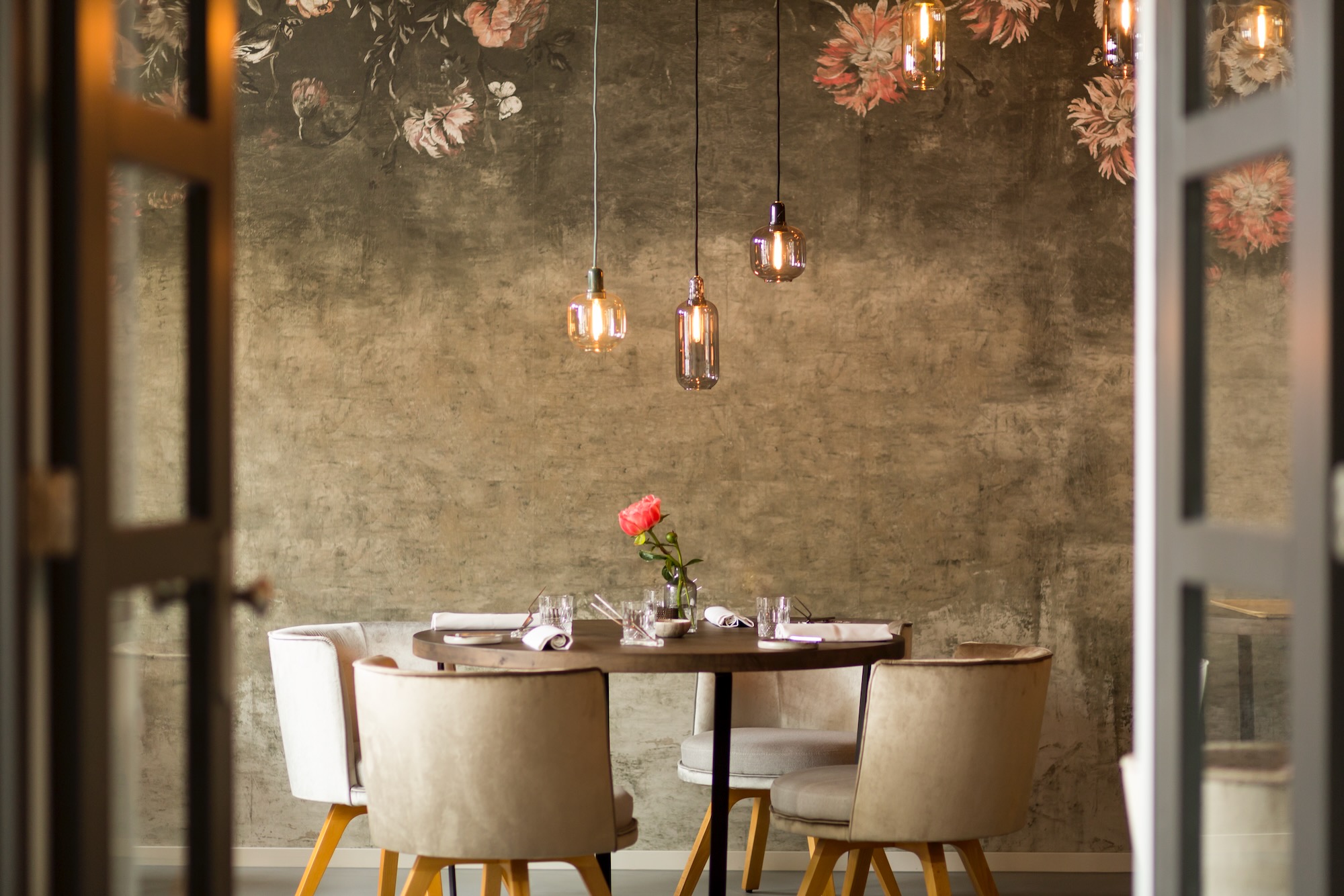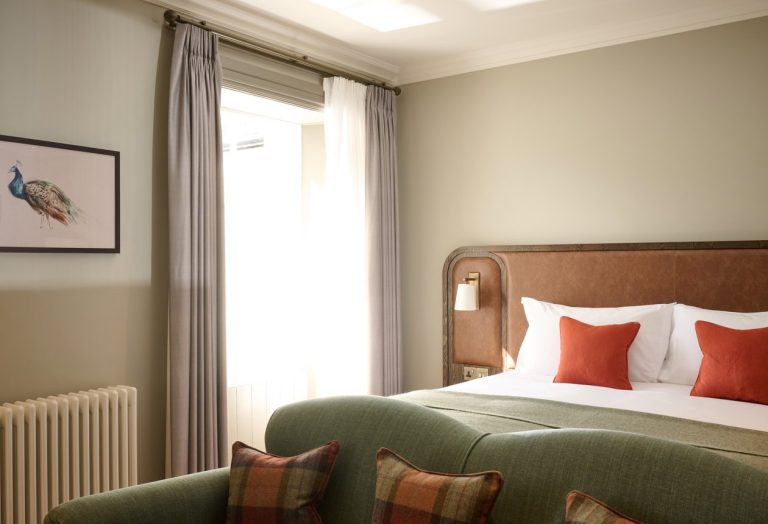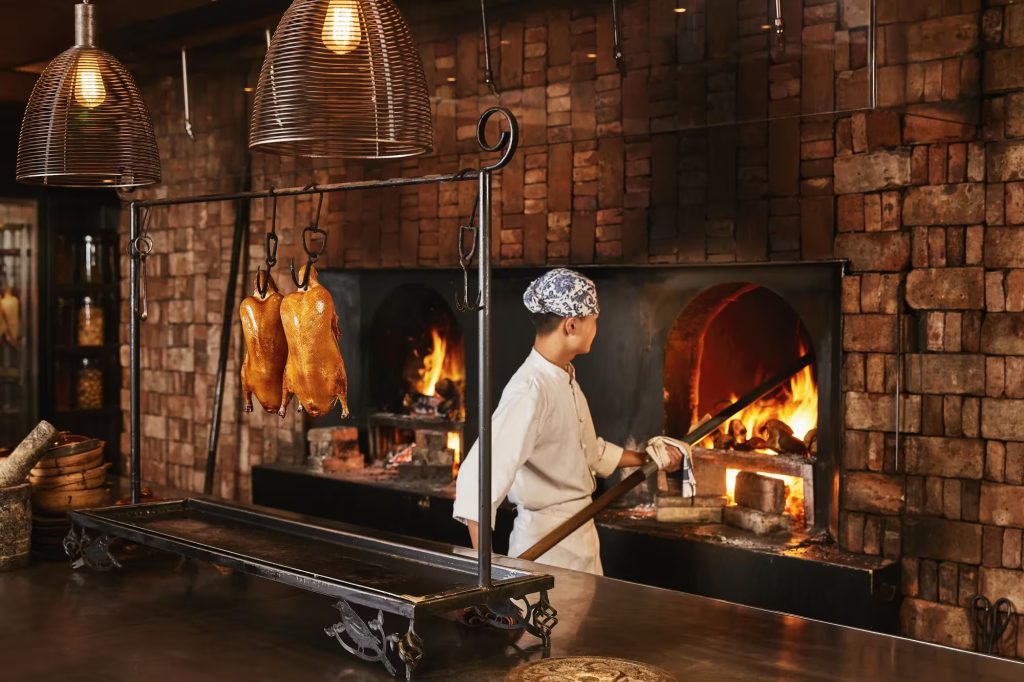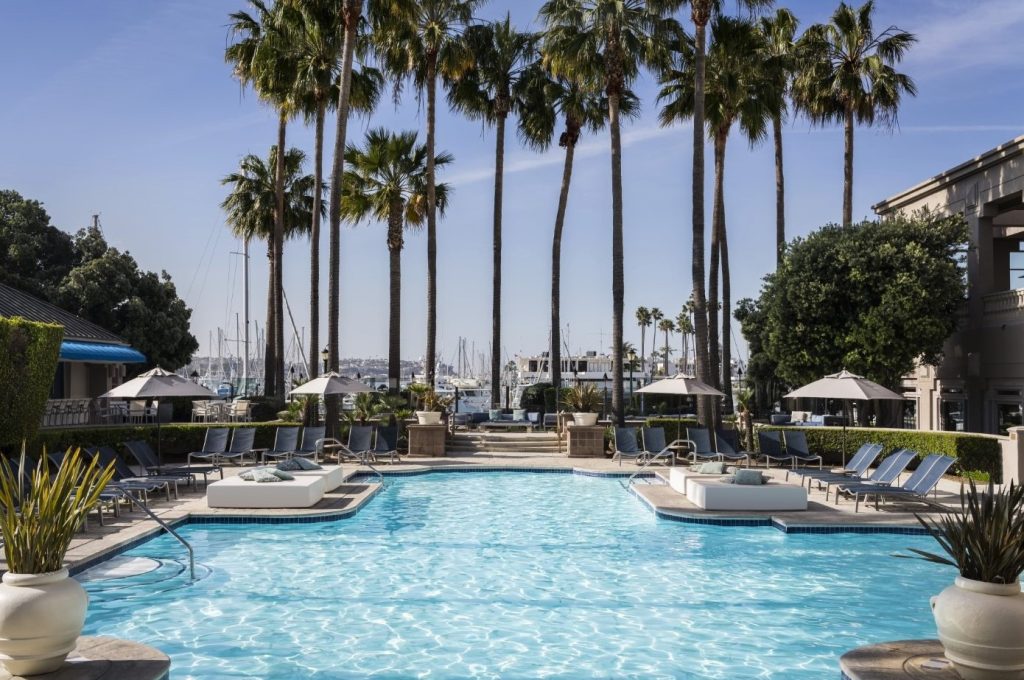From its exterior, Vermeer displays a shyness, even a humility. Rather than emblazon its name over its frontage, it seems perfectly happy to let the hotel which houses it, NH Collection’s Barbizon Palace, take the spotlight on Amsterdam’s busy Prins Hendrikkade. Opposite the city’s Harry Potter-esque Centraal Station. Vermeer’s lounge is coloured mainly in an elegant, neutral grey with walls, floors, sofas occasionally uplifted by brighter, bronzier highlights. Behind a waist-height counter, an array of bottles and glasses reminds that it’s a bar whilst on the wall opposite, a surreal black and white photo of a fish flopped elegantly into a high heel reminds us to expect the unexpected.
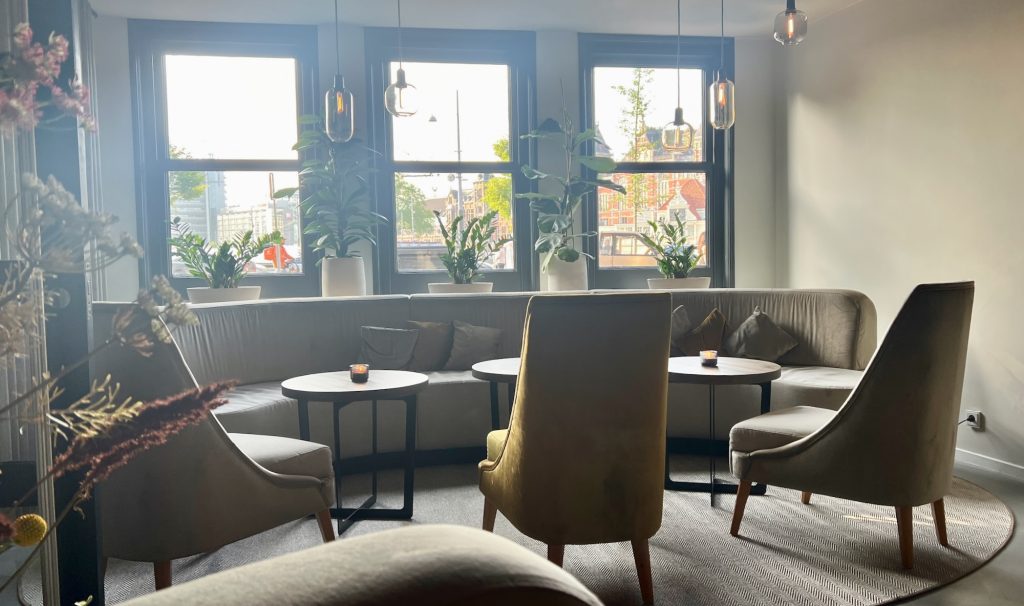
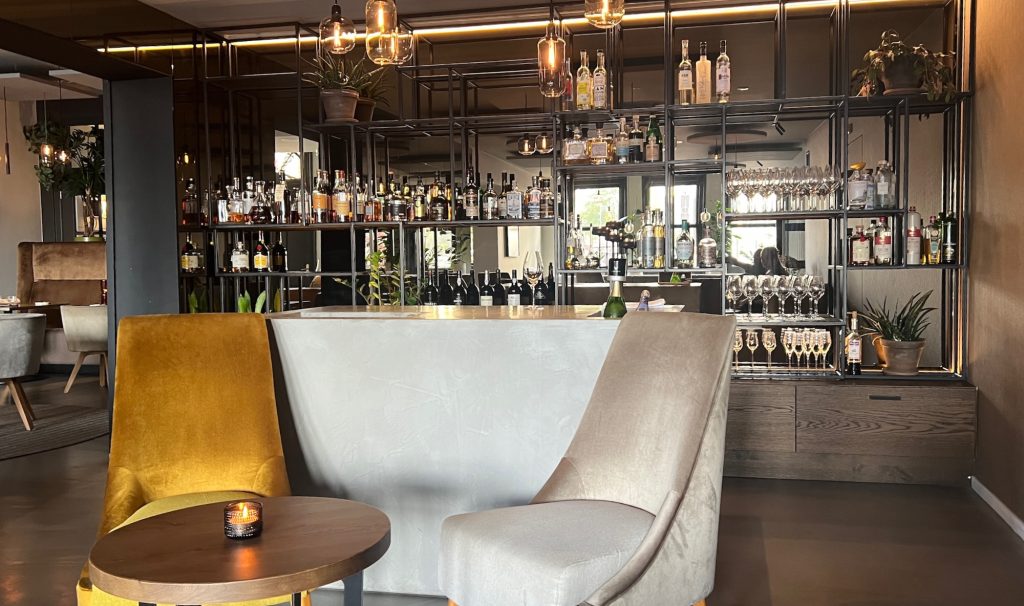
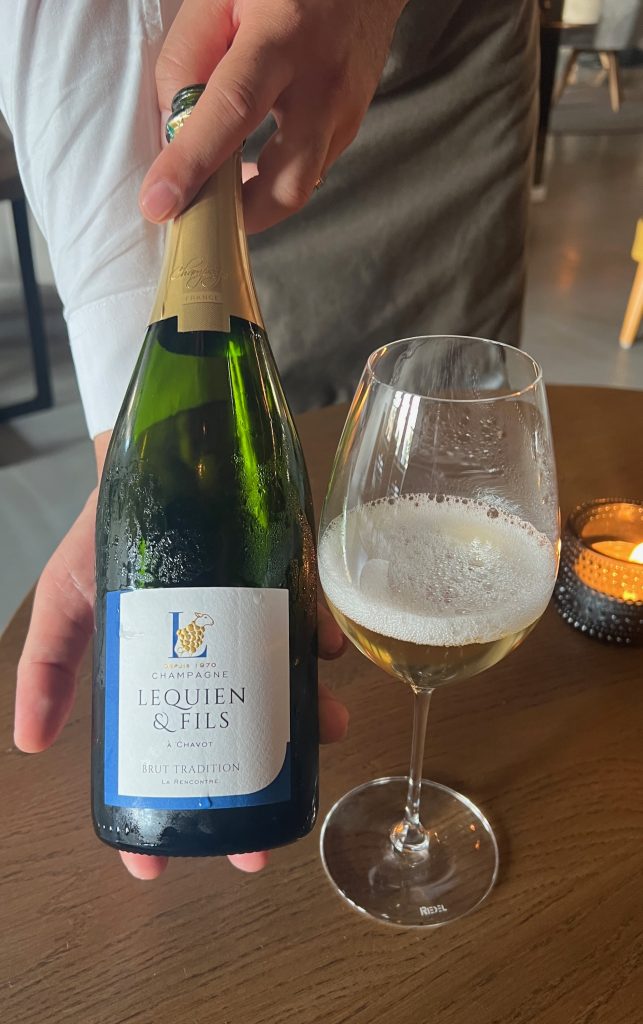
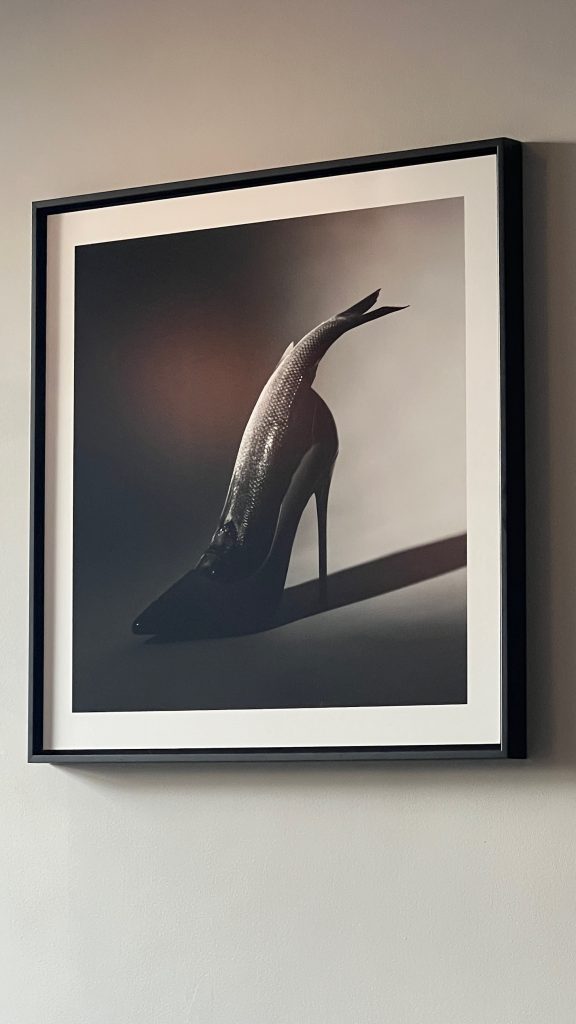
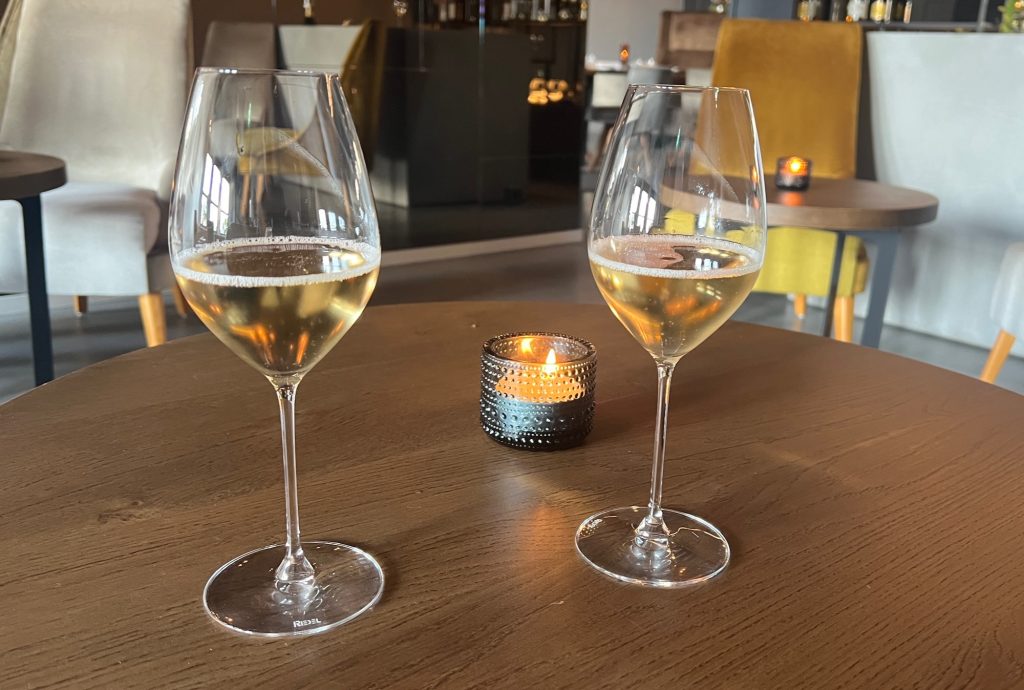
We start the evening with a Lequien et Fils champagne and are soon served an appetiser on what looks like a black, fossilised backbone. Colourful and stacked in ever-decreasing concentric rings, the miso paste and various radishes open the palate for what is to come.
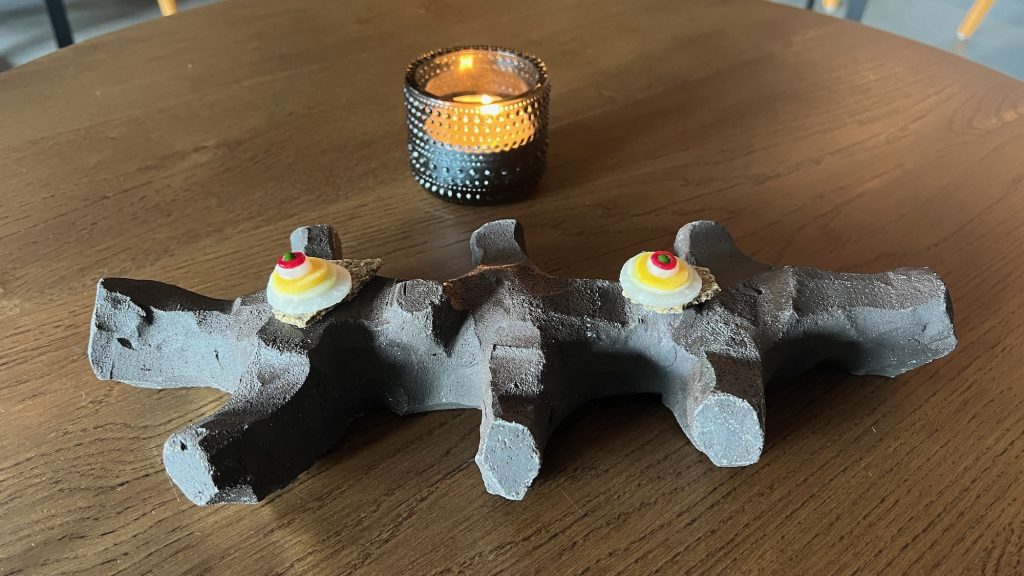
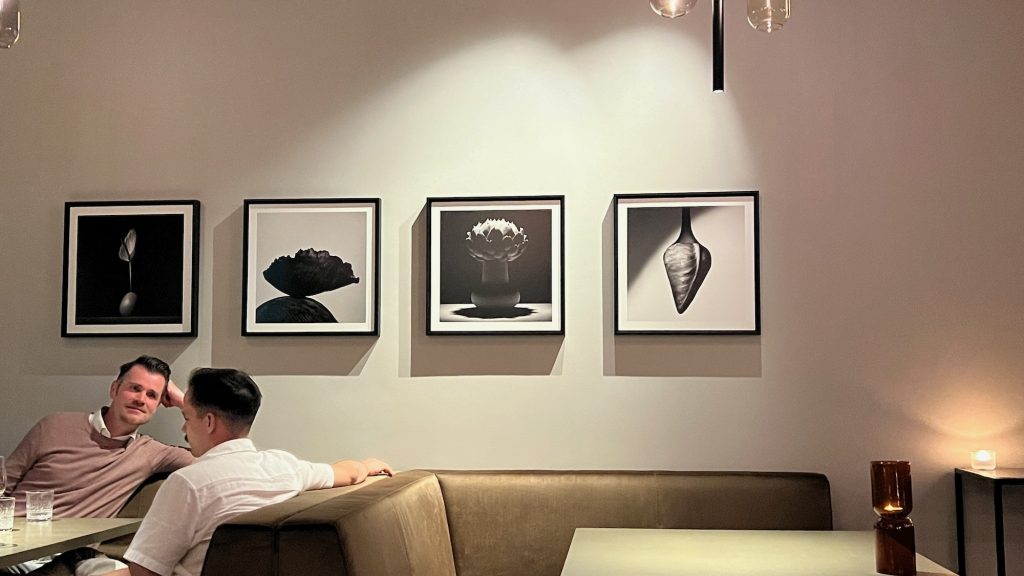
We opt for a tasting menu with wine pairing. The menu seems slightly off piste from the annotated tasting menu so keeps us happily on the edge of our seats throughout. Keen advocates of the farm-to-table movement, 99% of Vermeer’s produce is sourced from Holland and first up is an oyster from the country’s Western tip served with fish roe infused in sherry and close to frozen (but filtered) North Sea water. Chunks of asparagus are additionally served in a bowl of warm hollandaise sauce flavoured with orange butter. The tastes and temperatures of one pleasantly contradict those of the other.
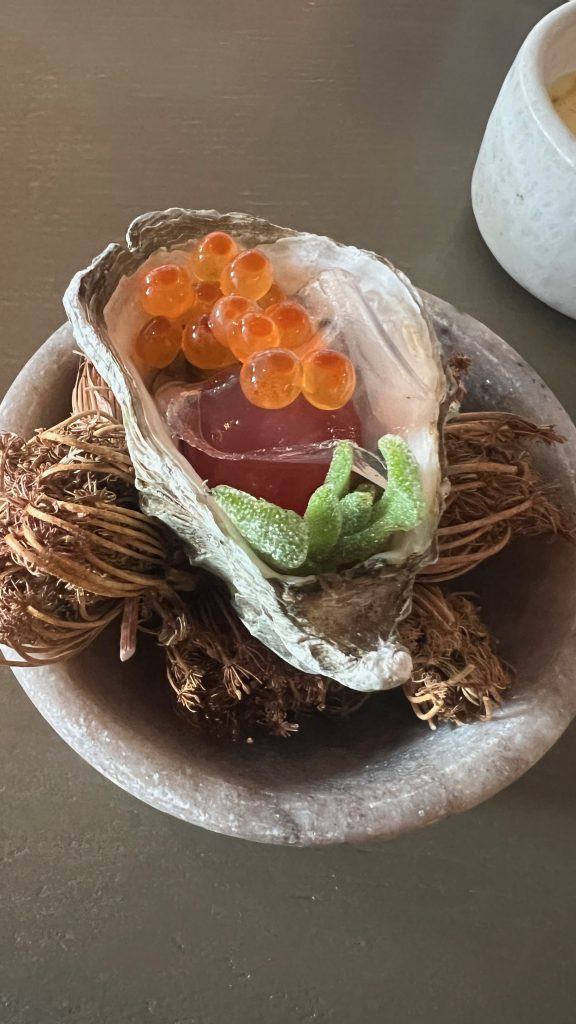
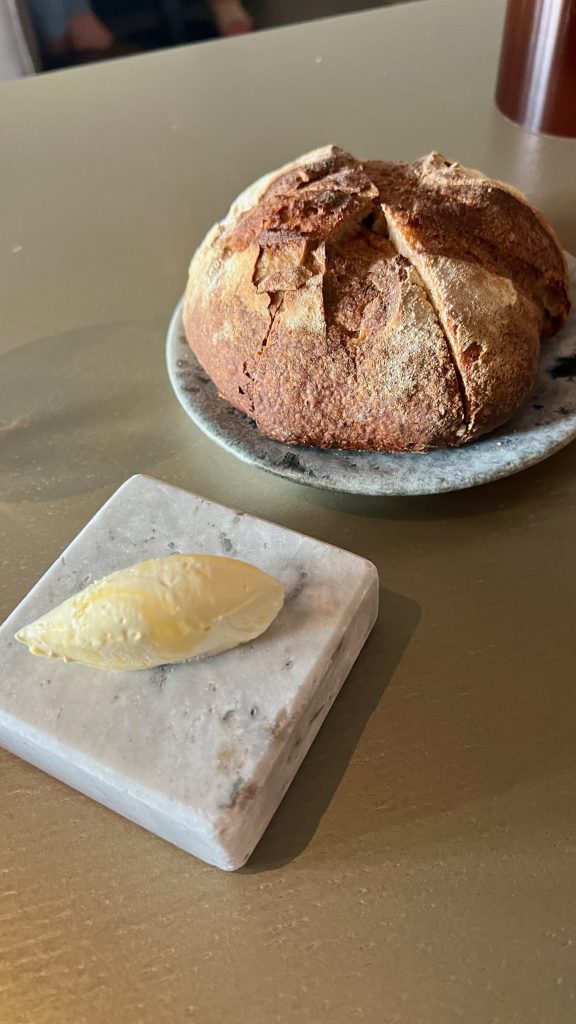
Next up, a couple of vegetarian dishes are pure, elegant, and never as simple as they seem. First is a pretty huddle of seasonal vegetables wherein yellow and mauve colours counterpoint green and cream ones. Pickled onion, white strawberry, beetroot, Brussels sprout, elderflower and cauliflower all feature in a couldn’t-be-more-fresh, crunchy salad unified by a cool jus featuring a playful leek jelly. With joyous yellow and green to reflect the passing of spring and the arrival of summer, slightly grilled turnips are served in a room temperature leak soup. Dannis, our genial sommelier, proffers Franz Haas Pinot Grigio for the former and Heymann-Lowenstein Schieferterrassen, a dry Riesling, for the latter.
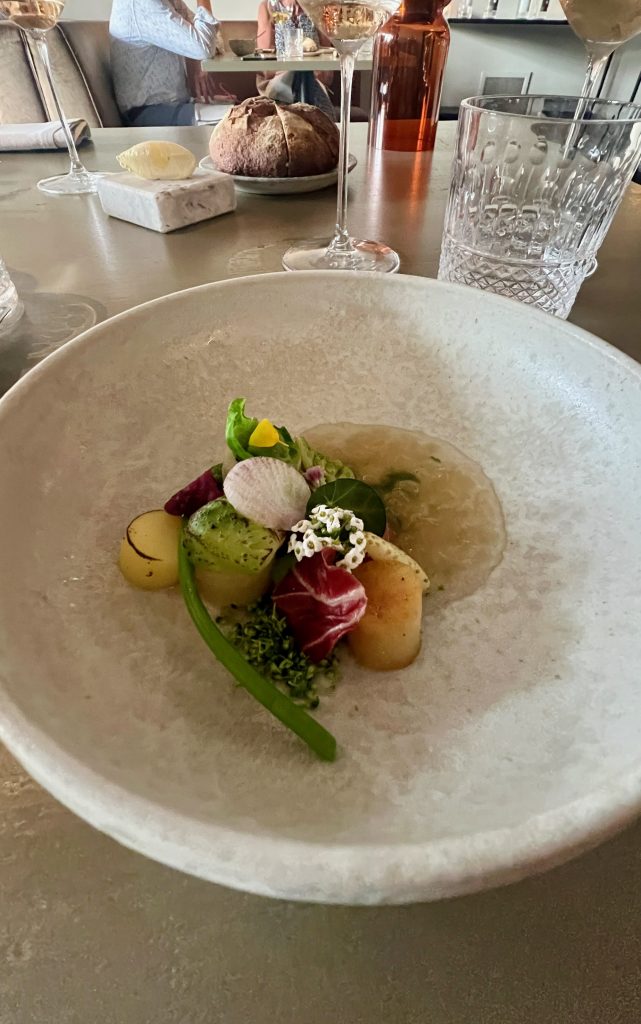
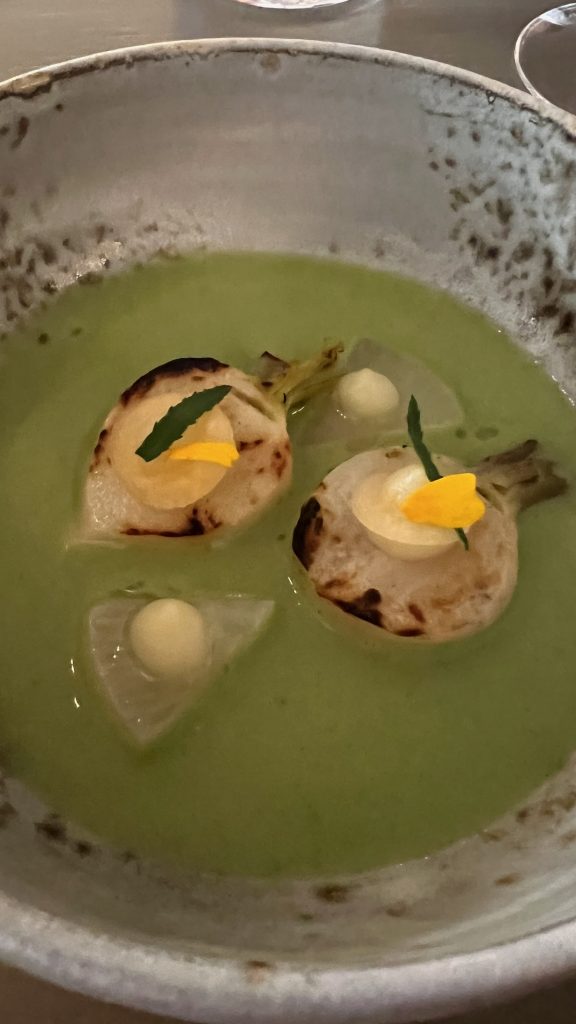
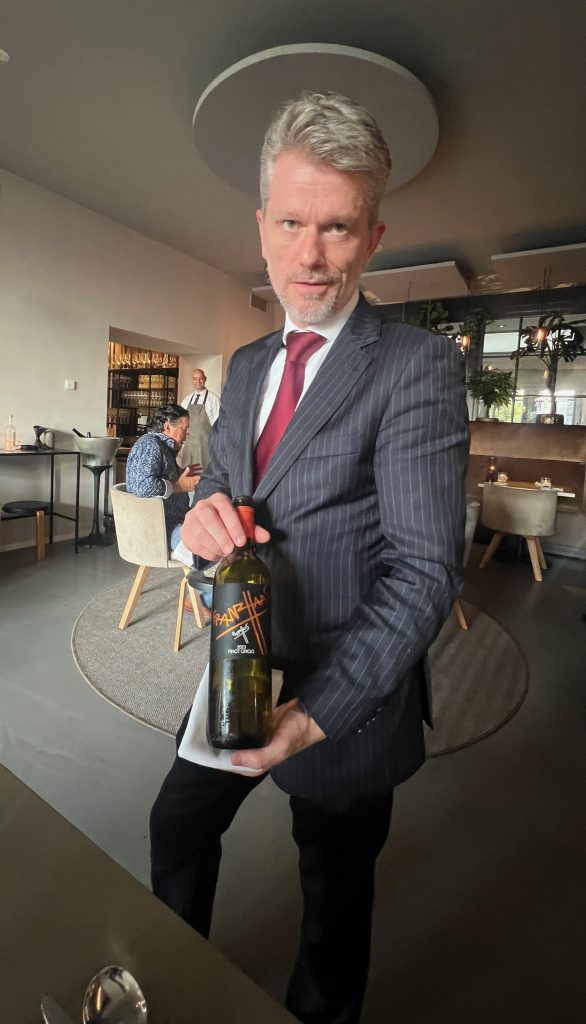
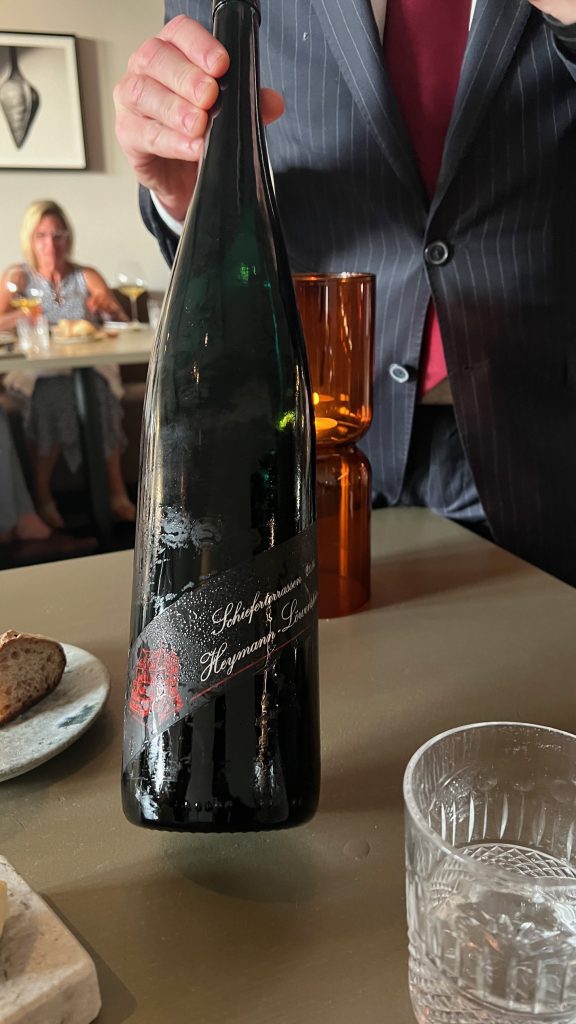
The dining room is intimate in size and retains the same slate grey colouring as its lounge. Soft, right angled sofas work with light wooden tables for a natural, upbeat effect with glass lanterns hanging above diners. Four black and white photographs decorate the main wall, but less surreal than the lounge, are more representative of vegetables as objets d’art. Or maybe chef as artist. Or the whole Vermeer organism as its own creative hub, or, indeed, micro art movement. Maybe the clue is in the restaurant’s name, Vermeer; the Dutch master known for his soft, natural lighting, his intricate detail. We’re dining on an especially bright evening and as the sun slowly sets, the dining room becomes its own dramatic art piece, a bit like a functioning James Turrell. Shadows appear, shadows elongate, shadows disappear. Golden hues come, golden hues go. It’s an additional, immersive aspect of the restaurant and, wittingly or not, reflects its respect for and bond with nature.
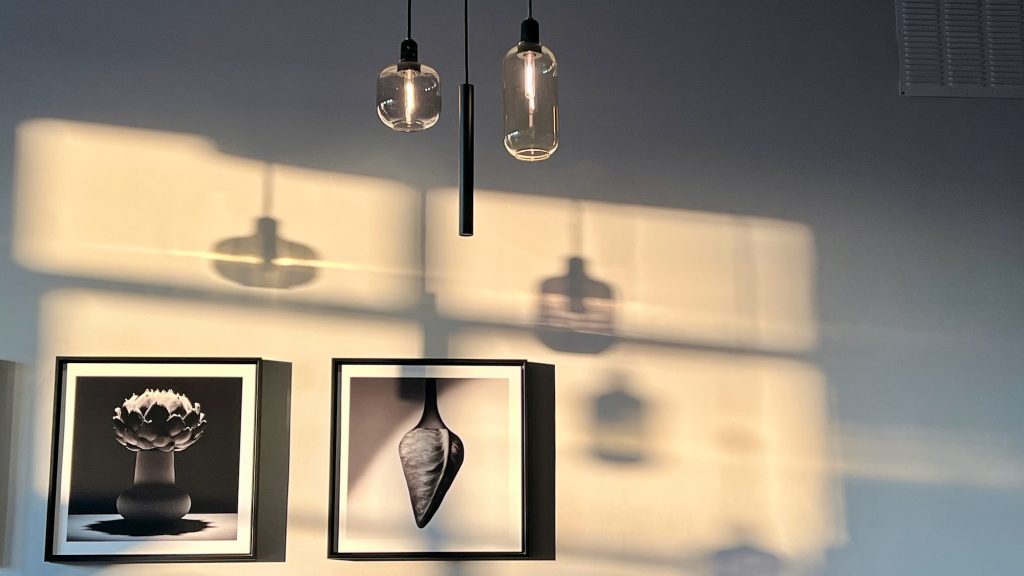
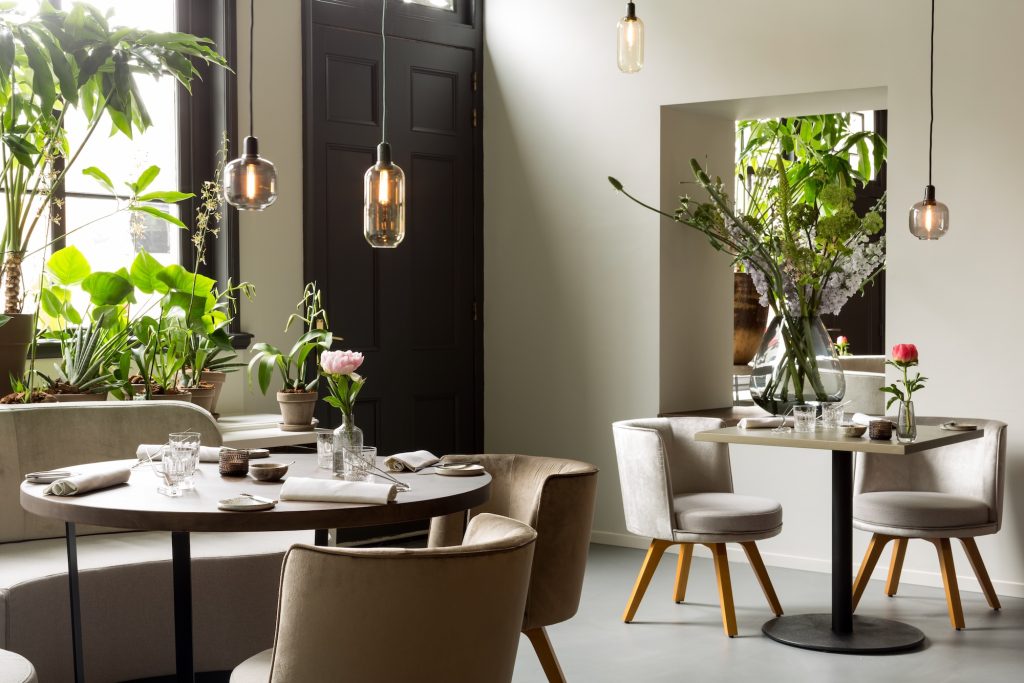
The chicken pie is inspired by a sweet dessert but could, by appearance alone, equally be inspired by a Cornish pasty or even a Beef Wellington. The inverse shape of a bowl, the pie is cut in half at the table and moistened with chicken jus. As is increasingly the norm these days, every part of the poultry is used in the pie, even the liver. The pastry is super light and a small amount of salt (which most dishes lack) has been added to the rind. This is the most fragrant dish thus far and a barn-storming chicken flavour bursts from every delicious mouthful.
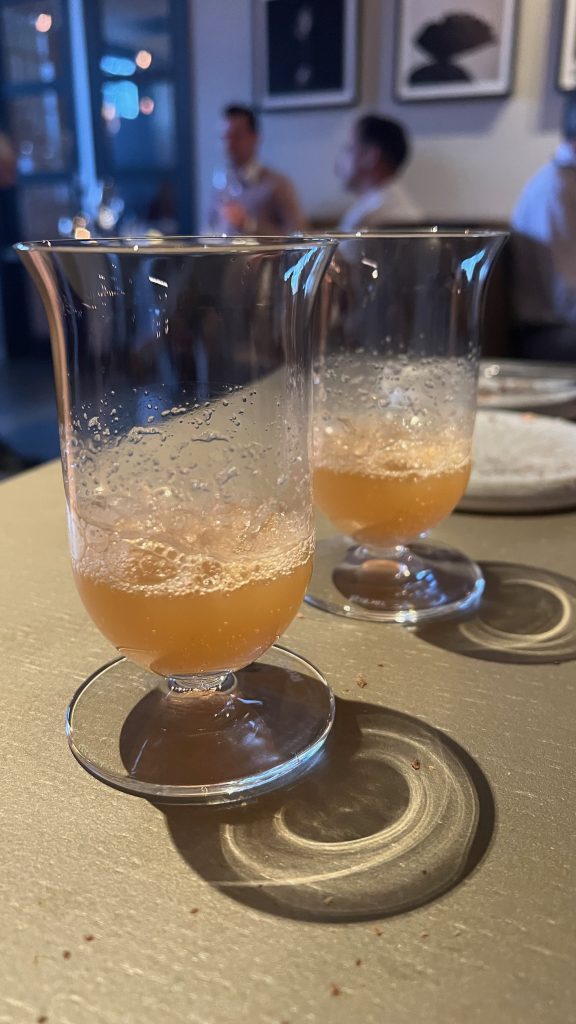
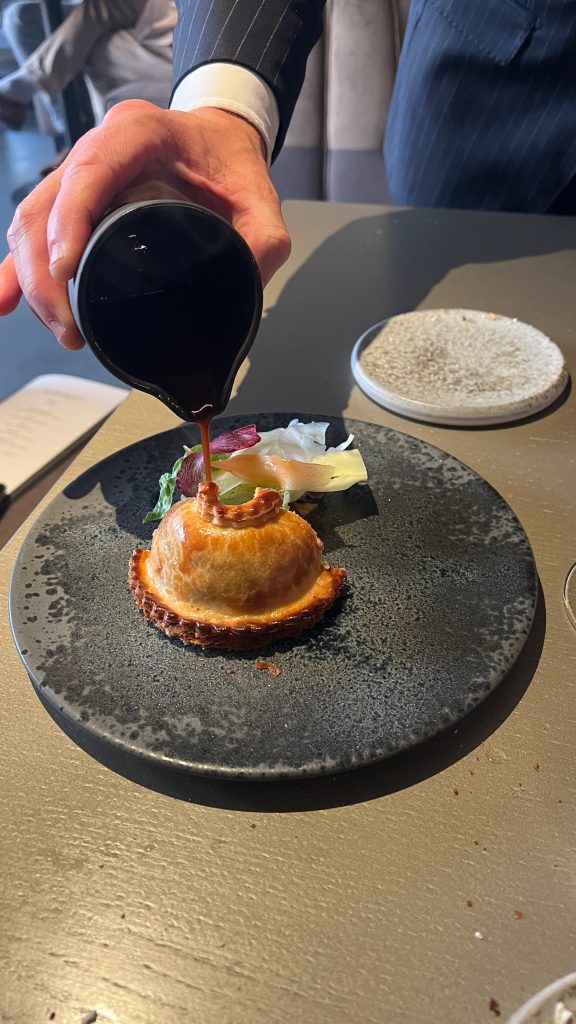
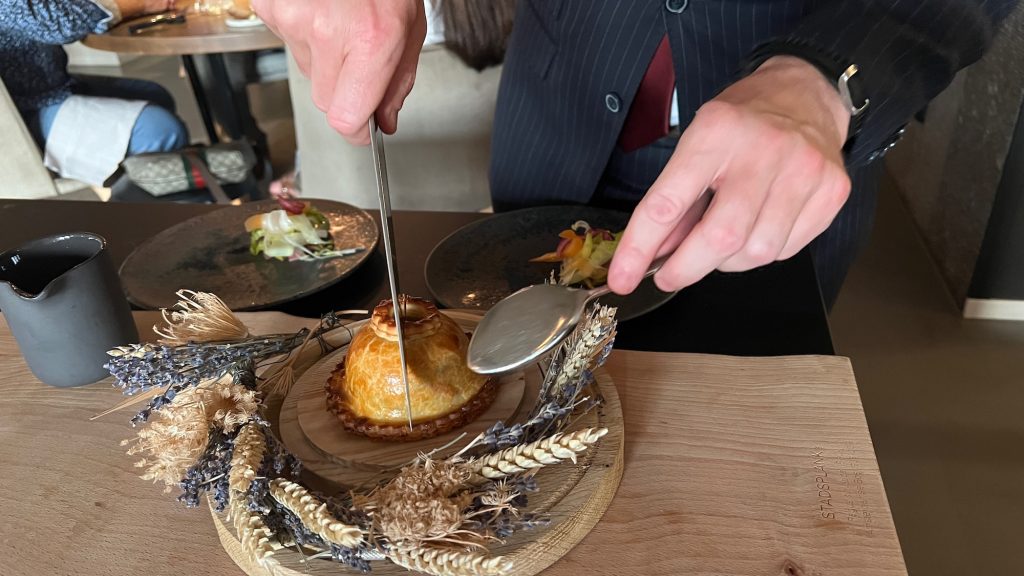
Pear kombucha cleanses our palate for the evening’s main course. Six different parts of lamb surround a small pool of lamb jus which chef Sebastian Baquero Garces pours. The lamb is dry aged for a week, he explains, and we’re to eat it in an anti-clockwise order. There’s kidney, saddle, neck and shoulders and rib. There’s hemp seed somewhere, a half-penny-sized jalapeño dip and some slippery mustard seeds. The kidney is strangely peppery. The final cutlet offers the most traditional, purest of taste which reminds of when the world was simpler, all lamb was organic and tasted like a million dollars. It’s accompanied by a full-bodied and exquisite Chateau Carbonnieux Grand Cru Classee de Graves 2014.
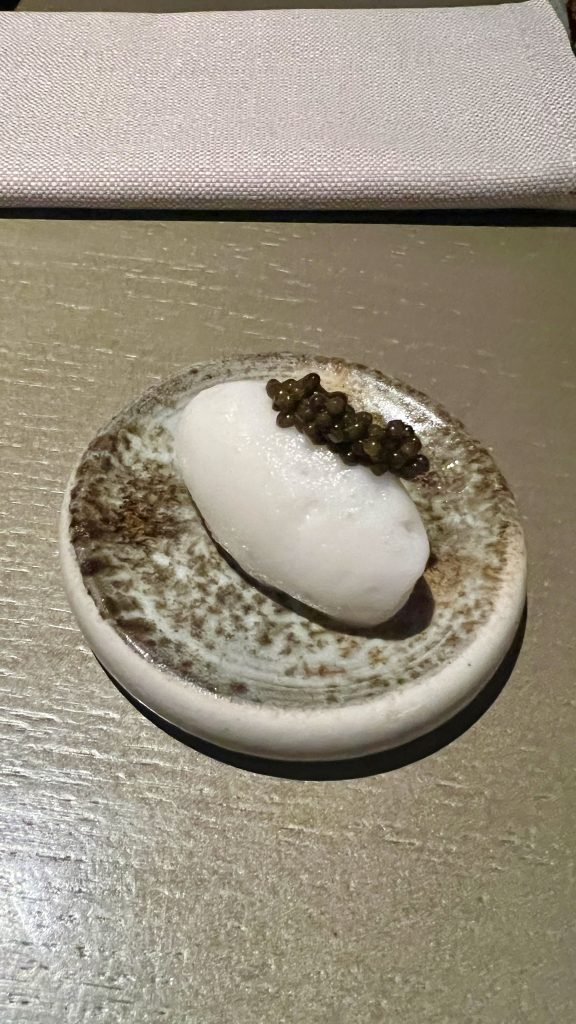
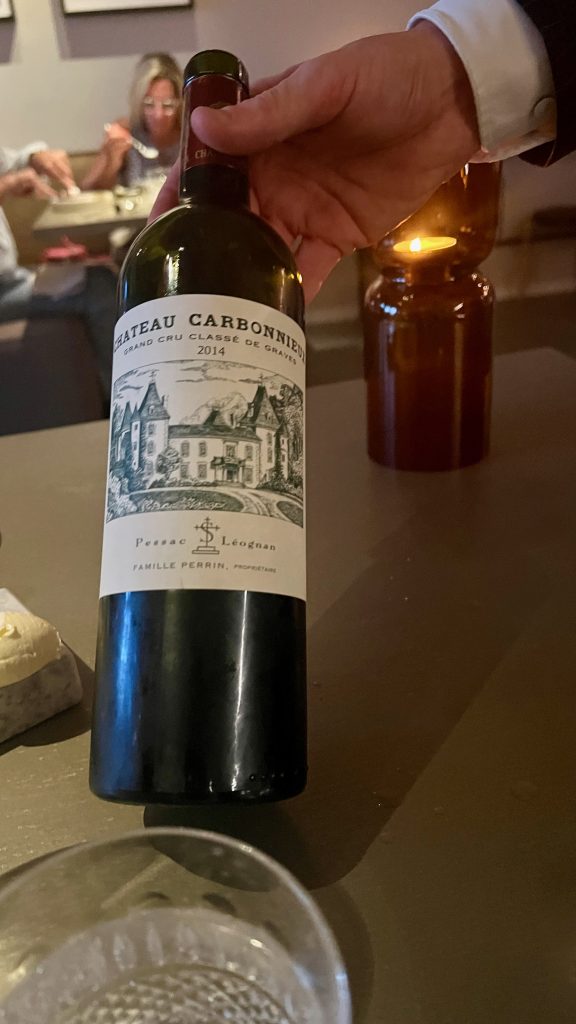
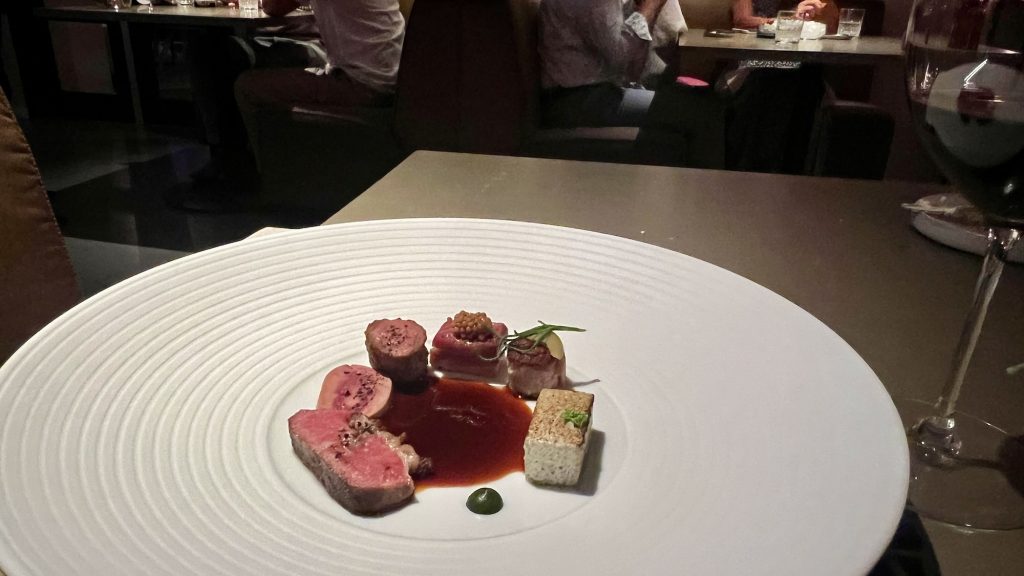
A champagne sorbet with Imperial caviar acts as a final palate cleanser before a similar concept to the lamb dish is served for dessert. There’s poached rhubarb, rhubarb ice cream decorated in a floral twirl, rhubarb jus infused with Thai basil and there are two long, thin creations which look like lobster leg meat but are rhubarb sweet sticks. Nature has become its own dimmer switch and Vermeer is much darker and moodier in atmosphere.
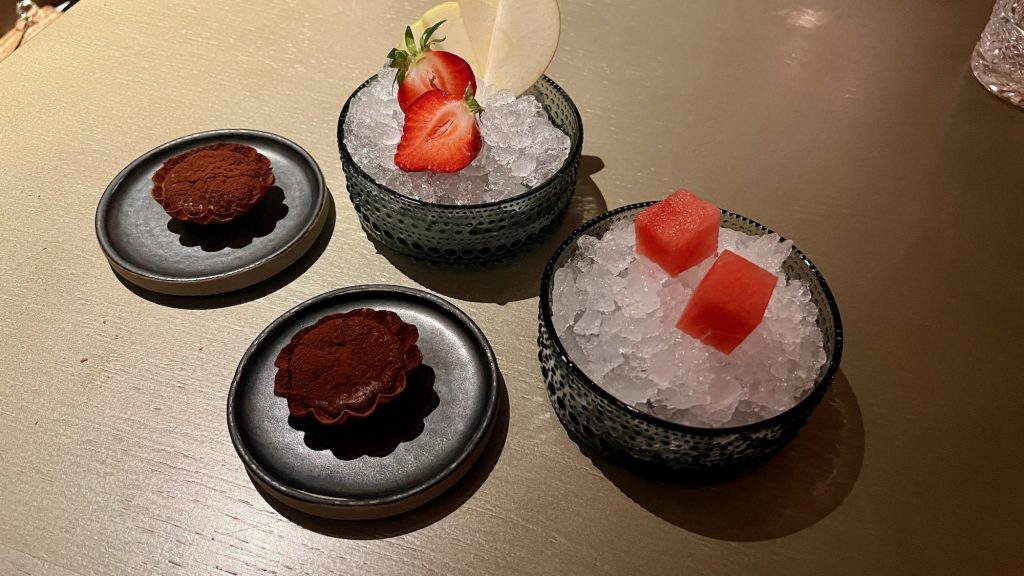
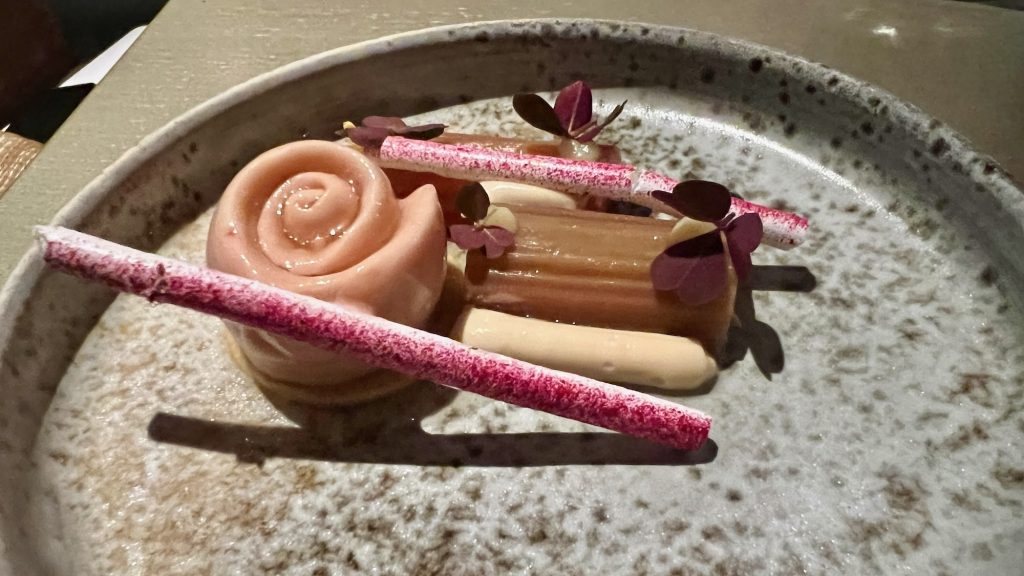
Dannis offers us freshly cut strawberries, chunks of watermelon and a delightful tartelette as a departing gesture. Housed in fine pastry, the latter is surprisingly soft and gooey and is made of a 70% dark chocolate from Ecuador (maybe the 1% of the menu not derived locally and a hint at our chef’s South American heritage?). Just as we’re readying to leave, Dannis invites us into the kitchen where the team look remarkably fresh-faced, still, and upbeat.
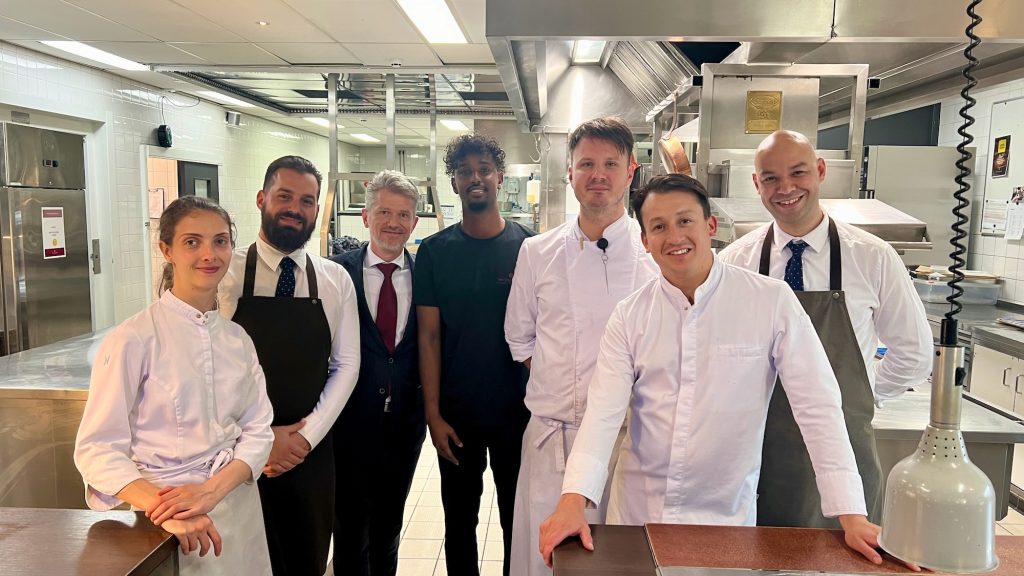
Sebastian Baquero Garces is an amiable chap and an easy raconteur. He shows us the storage room, the dry ageing chamber, explains in more detail about the lamb dish and regales how much he enjoyed his two years previously working as personal chef to a Dutch ambassador. It’s a special way to end a special evening in a special restaurant.
Contact Details
Website: www.restaurantvermeer.nl
Address: Prins Hendrikkade 59-72, 1012 AD Amsterdam, Netherlands

